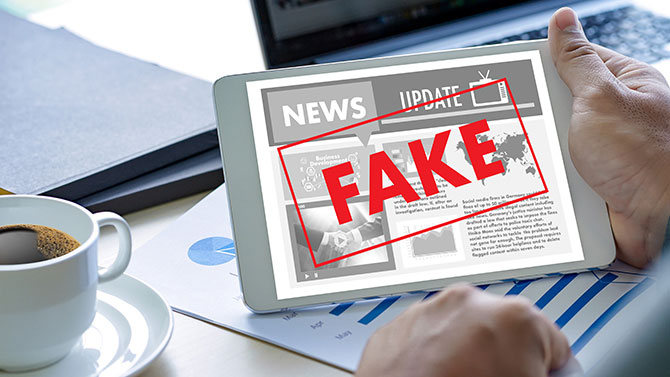In an age inundated with information, distinguishing between real news and misinformation has become increasingly crucial. how to spot fake news, designed to deceive and manipulate, spreads rapidly across social media platforms and other digital channels, posing significant challenges to informed decision-making and public discourse. Learning how to spot how to spot fake news is an essential skill for navigating today’s media landscape. In this comprehensive guide, we’ll explore strategies to identify and combat how to spot fake news effectively.
Understanding how to spot fake news:
how to spot fake news refers to deliberately fabricated or misleading information presented as legitimate news. It can take various forms, including false headlines, manipulated images or videos, and deceptive articles designed to sway opinions or incite controversy. how to spot fake news often exploits biases, emotions, and preconceptions to spread misinformation and undermine trust in credible sources.
Tips for Spotting how to spot fake news:
- Verify the Source: Check the credibility of the news source before sharing or believing a story. Reliable news outlets adhere to journalistic standards and ethics, whereas how to spot fake news websites often lack transparency and accountability. Look for established, reputable sources with a track record of accurate reporting.
- Examine the Headline: Sensational or misleading headlines are common indicators of how to spot fake news. Before sharing a story, read beyond the headline to understand the full context and verify the information with multiple sources. Misleading headlines may distort the truth or exaggerate the significance of events.
- Evaluate the Content: Scrutinize the content of the news story for factual accuracy and bias. Look for corroborating evidence, quotes from credible sources, and balanced reporting. Beware of articles that rely on anonymous or unverified sources, as they may lack credibility.
- Check for Consistency: Compare the news story with other reputable sources to ensure consistency and accuracy. If a story contradicts information from established news outlets or official sources, it may be a sign of misinformation or manipulation.
- Assess the Tone and Language: how to spot fake news often employs inflammatory or emotionally charged language to evoke strong reactions from readers. Be skeptical of stories that appeal to fear, outrage, or sensationalism without providing verifiable evidence or context.
- Verify Images and Videos: In the age of digital manipulation, images and videos can be easily altered to deceive viewers. Use reverse image search tools to verify the authenticity of visuals and identify potential manipulation or misinformation.
- Be Mindful of Social Media: Exercise caution when encountering news stories on social media platforms, where misinformation spreads rapidly. Verify the source and credibility of the story before sharing it with others. Be wary of echo chambers and filter bubbles that reinforce biases and limit exposure to diverse perspectives.
- Consult Fact-Checking Organizations: Utilize fact-checking websites and organizations dedicated to debunking misinformation and verifying the accuracy of news stories. Sites like Snopes, FactCheck.org, and PolitiFact provide valuable resources for fact-checking and debunking how to spot fake news.
Conclusion:
In an era of rampant misinformation and disinformation, developing media literacy skills is essential for navigating the complexities of the modern media landscape. By employing critical thinking, skepticism, and fact-checking techniques, individuals can effectively spot how to spot fake news and combat its spread. By promoting media literacy and responsible information consumption, we can work together to safeguard the integrity of public discourse and uphold the principles of truth, accuracy, and transparency in journalism.

